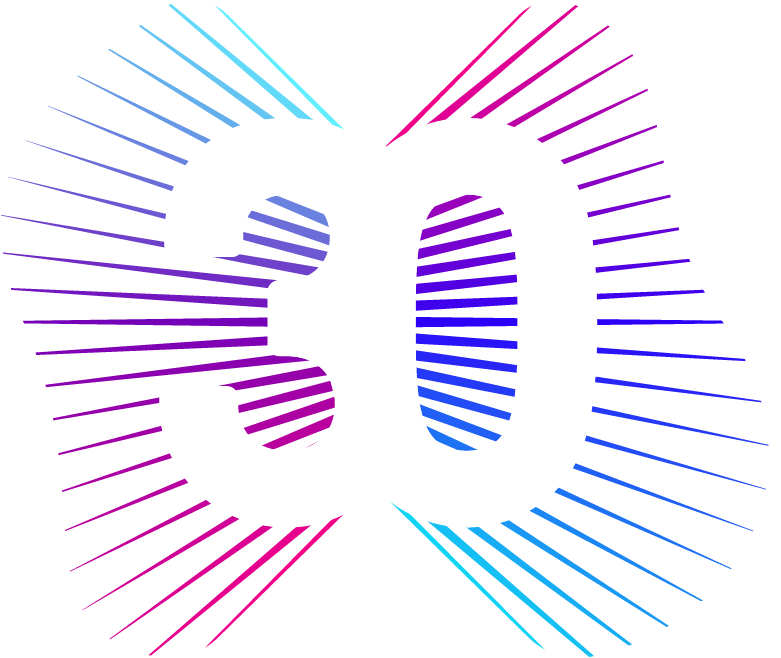DataHaven Resources
Some of our most popular resources for childhood and education data include:
-
DataHaven Community Wellbeing Survey - survey of over 16,000 randomly-selected adults throughout CT; questions related to community resources for children provide local-level data about Connecticut communities that are not available from any other source.
-
Greater New Haven Community Index, Greater Hartford Community Wellbeing Index, Fairfield County Community Wellbeing Index - and other data reports in the Reports section of the DataHaven website.
-
DataHaven Community and Neighborhood Profiles - by area, town and neighborhood. We are currently updating this resource; please contact us if you can't find the profile you need.
-
DataHaven Connecticut Town Equity Reports - more detailed reports and maps for all 169 towns in Connecticut, focusing on local differences in equity and well-being.
Some of our favorite outside sources of childhood and education data
-
EdSight, at http://edsight.ct.gov/SASPortal/main.do, is the data portal of the Connecticut State Department of Education. The most recent measures of public school and student performance are displayed by category on the main page. Additional data, some with more detail, can also be found on the Portals & Publications pages. To access college enrollment/graduation data, go to EdSight, click “Performance,” select “Graduation Rates” or “College/Postsecondary. These are some of the pages we find most useful, but the portal has additional resources that you can explore. For Profile and Performance Reports, previously known as "Strategic School Profiles," go to EdSight, click "Overview," select "Profile and Performance Reports," select a district and select "All Schools" to obtain PDF reports for individual schools across a district.
-
CT.gov eLicensing, at https://www.elicense.ct.gov/, is an online database of all licenses held by individuals or businesses in Connecticut. Users can generate a roster for all registered family home child care providers, by town. To do so, click “Generate Roster(s)” from left sidebar -> “Child Day Care Licensing Program” -> “Family Day Care Homes Total by Date (Active) (No Fee Required).” Licensing data are also available for many other categories of businesses or occupations.
-
Kids Count, at http://datacenter.kidscount.org/, is a data tool of the Annie E. Casey Foundation. It maintains an extensive list of indicators related to demographic, economic, education, health, and community well-being of children. Users can also download publications on various topics related to childhood.
-
Connecticut Voices for Children publishes many reports on early childcare, education, and child wellbeing, at http://www.ctvoices.org/publications. Use the filters to browse reports by issue area, contributor, or publication date.
-
"Troubled Schools on Trial," at https://ctmirror.org/2016/12/07/troubled-schools-on-trial-when-poverty-p..., is an extensive and in-depth 7-part series by Connecticut Mirror that looks at various issues facing the funding of public education in Connecticut. The series features charts and data tables.
-
New Haven Promise's Summit 2019 report contains data on New Haven public school enrollment trends, investment impact, and detailed graduation rates.
-
The Opportunity Atlas is an interactive portal that uses data following 20 million Americans from childhood to their mid-30s. It displays a wide array of outcomes relevant for the childhood roots of social mobility.
-
Adult Literacy - US PIAAC Skills MapThe National Center for Education Statistics surveyed 12,330 U.S. adults ages 16 to 74 living in non-institutionalized dwelling units from 2012 to 2017 for the Program for the International Assessment of Adult Competencies (PIAAC), an international study involving over 35 countries. Using small area estimation models, model-based estimates of literacy and numeracy proficiency have been produced for all U.S. states and counties, and for age and education groups at the state and county levels. By using PIAAC survey data in conjunction with data from the American Community Survey, the Skills Map provides reliable estimates of adult literacy and numeracy skills in all 50 states, all 3,141 counties, and the District of Columbia.




